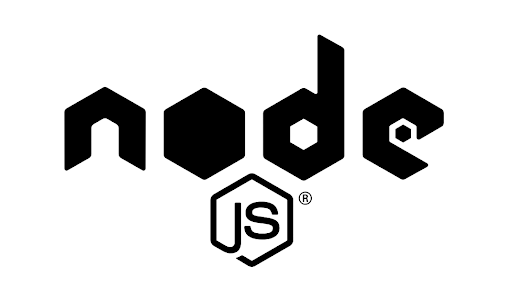4 Ways the Police is There to Help Your Business
An underrated business ally is the police. The relationship between law enforcement agencies and businesses is a symbiotic one, often underestimated in its significance. From the National Police Association advocating for community safety to specialized Cybersecurity Units safeguarding businesses against digital threats, the police are a valuable tool for business operations. Here are 4 ways how.
Security
The primary way in which police help businesses is with security and even that is in a myriad of different ways. For one thing, they’re a visible deterrent to potential criminals. The mere presence of law enforcement officers patrolling in and around commercial areas significantly reduces the likelihood of criminal activity. Then, many businesses seek valuable tips from their local police in matters of premises security. For example, the Police can assist in designing an optimal surveillance camera system tailored to your business premises, advising on camera placement to cover vulnerable areas, such as entrances, parking lots, and high-traffic zones. They may even offer insights into camera types (e.g., fixed, pan-tilt-zoom), image quality, and storage solutions.
Traffic Control
If you run a business in a busy location, you understand just how key traffic control is. Traffic congestion brings with it many problems for a business- including profit loss and even fatalities. The police are well-equipped to manage traffic flow effectively, deploying officers to key intersections and routes to regulate traffic, prevent gridlock, and ensure a smooth flow of vehicles. Law enforcement agencies also engage in traffic safety education campaigns, raising awareness about safe driving practices, pedestrian safety, and the importance of obeying traffic laws – ultimately reducing accidents and congestion-related incidents, and creating a safer environment for businesses and their patrons.
Legal Support
Business operations are a legal minefield- contract disputes, embezzlement, tort liability, taxation, etc – and many times working with the police is the difference between justice and legal trouble. In cases of embezzlement, fraud, or other financial crimes within a business, the police are instrumental in conducting thorough investigations. They have the expertise and resources to gather evidence, interview witnesses, and build a solid case that gets any wrongdoers indicted. By working in tandem with law enforcement, businesses can navigate the legal complexities inherent in their operations more effectively.
Crisis Management
Crisis management can be defined as the strategic process of preparing for, responding to, and recovering from significant events or emergencies that have the potential to disrupt normal business operations, pose risks to employees and customers, or harm an organization’s reputation. For example, data breaches, ransomware attacks, etc can be categorized as a crisis and the police are equipped to handle a wide range of such situations and challenges, thanks to their training, resources, and expertise. The police serve as indispensable allies to businesses in various facets of their operations; a partnership that reinforces the rule of law, upholds justice, and safeguards businesses from legal entanglements that could otherwise jeopardize their operations and reputation.























